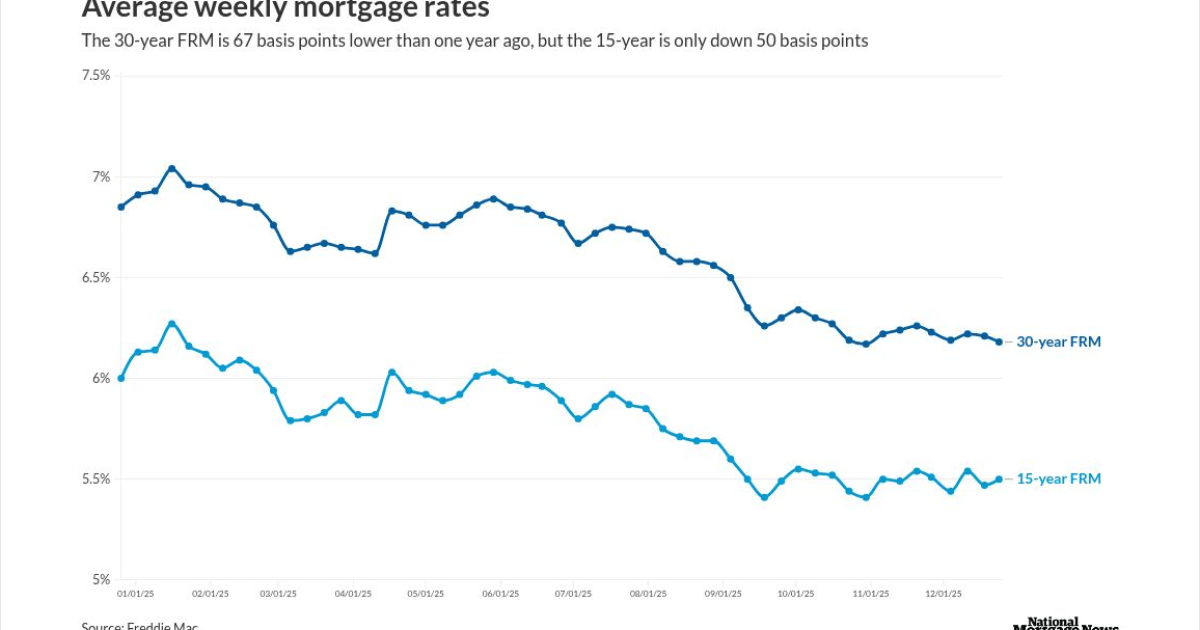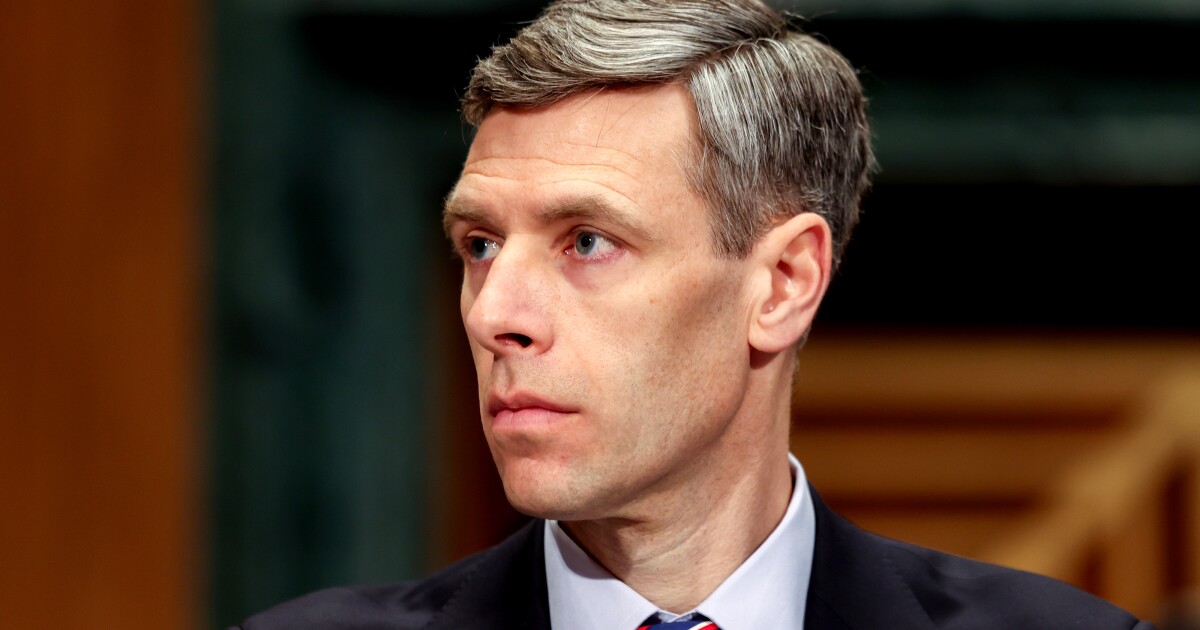
Investors don't need the official government jobs report to see that the labor market has shifted into a lower gear.
Even without the marquee data from the Bureau of Labor Statistics — which
READ MORE:
The figures largely align with the
"We can get an impressionistic sense of what the labor market is doing without the jobs report," said Michael Feroli, chief US economist at JPMorgan Chase & Co. "With everything we see, I think they can feel OK cutting later this month."
Here's a snapshot of the latest figures on the labor market:
Hiring
With the jobs report absent, ADP Research data on private-sector employment was the highest-profile release on the labor market this week. While economists are typically quick to cast doubt on ADP's data as it hasn't always aligned with the government's count, the latest tally was
ADP reported payrolls at US companies dropped by 32,000 in September after a revised 3,000 decline a month earlier. While that may overstate the weakness in the labor market, ADP said it didn't alter the recent hiring trend, and job creation continued to lose momentum across most sectors.
Private firms like ADP aren't necessarily trying to position themselves as leading indicators of BLS payrolls, but investors judge them in part by how closely they match up. Revelio Labs, which draws from over 100 million US job profiles that mirror the national workforce and cover two-thirds of all employed individuals, reported employers added about
READ MORE:
Economists don't forecast Revelio's number, but they do for the government's measure, which has a median estimate of 53,000 jobs added. The workforce intelligence firm said its model predicts the BLS metric would have reported 38,000 new jobs in September.
"Taken together, the evidence points to a labor market that is still expanding but at stall speed," Revelio said in its report. "For now, the labor market looks steady but fragile."
Meantime, employment at manufacturers has contracted in all but three months since the start of 2023, according to the Institute for Supply Management. Its gauge among service providers is due later Friday.
"Fundamentals like restrictive policy rates, tariff costs weighing on margins, government funding and job cuts, and softer demand due to slowing immigration would imply even further pullback in hiring this year," Citigroup Inc. economist Veronica Clark said in a note.
Data from
Job Openings
Job openings peaked in 2022 and steadily declined since then until stabilizing in the past year. The BLS put out its latest metric on Tuesday before the shutdown, which showed vacancies were
While government data is held with the highest regard, the job openings survey is often criticized for its low response rate and sometimes sizable revisions. A separate index by job-posting site Indeed, which is reported on a daily basis, showed openings were little changed in August and fell more markedly in September.
"The job market has been frozen for close to a year now and it appears to be getting worse for job seekers," Heather Long, chief economist at Navy Federal Credit Union, said in a note to clients. "Americans feel stuck in this economy."
Sentiment metrics show as much — the New York Fed's outlook for job seekers hit a
Unemployment, Layoffs
The good thing about the current labor market is that tepid hiring hasn't yet translated to more firing. The national unemployment rate was expected to hold at 4.3% last month, an increase from the start of the year but still historically low.
The Chicago Fed's real-time jobless rate forecast, which relies in part on BLS data,
Employers announced fewer job cuts while dialing back hiring plans as well to the
Wage Growth
Meantime, wage growth continues to chug along, and BLS data show it's been outpacing inflation on average since mid-2023, but recently by not as much. ADP's report showed a continued easing in pay gains for workers who changed jobs, while it was little changed for those who stayed put.
Revelio's figures painted a



